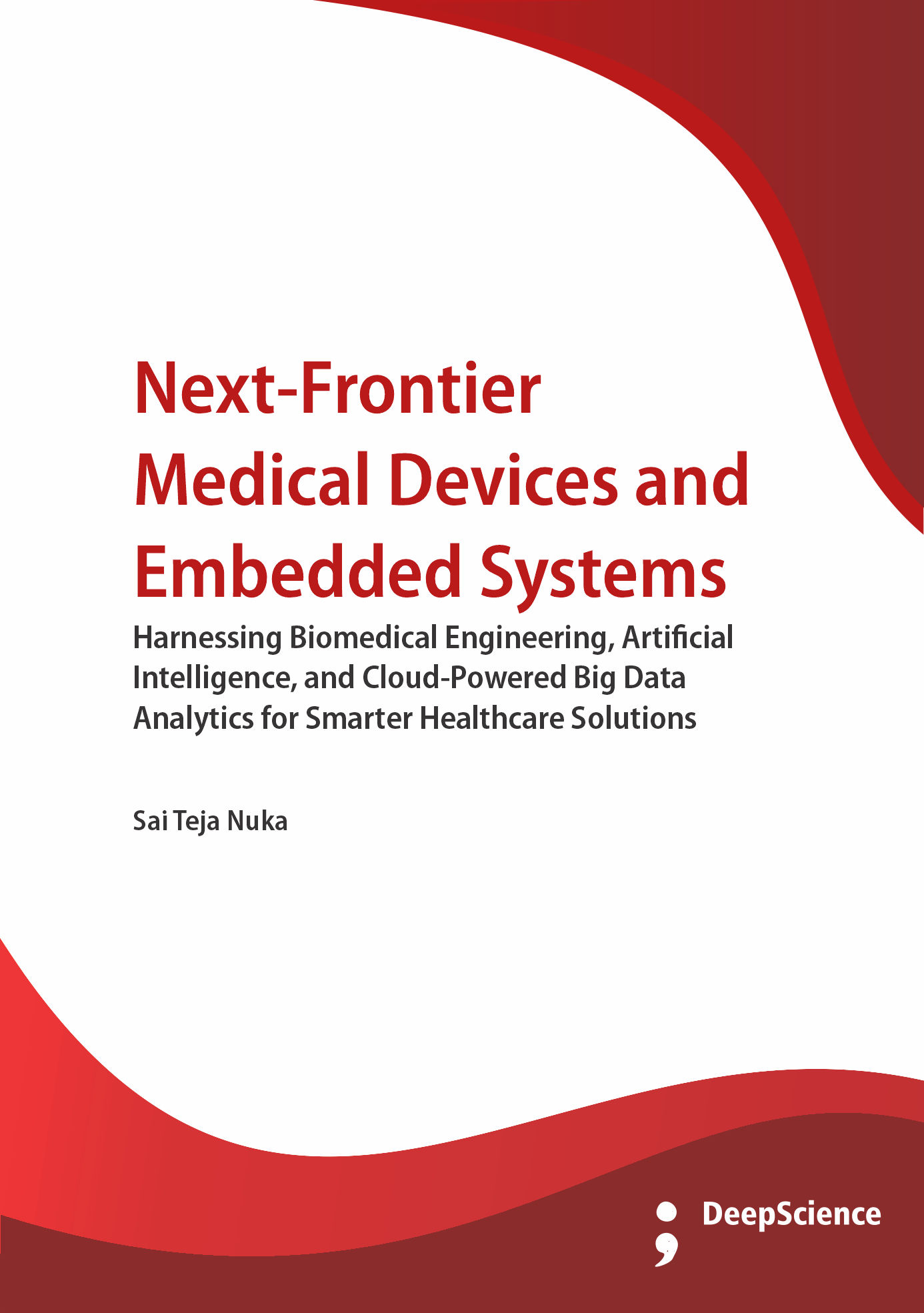Cross-disciplinary approaches to biomedical engineering and clinical collaboration
Synopsis
Cross-Disciplinary Approaches to Biomedical Engineering and Clinical Collaboration Introduction The continuous development of advanced medical technologies has vastly improved clinical practice and health outcomes in the past decades. Innovative biomedical engineering methods have increased our understanding of biological processes and provided new solutions for improved diagnostics, interventions, and therapy. However, the transfer of innovative technologies into healthcare has turned out to be challenging. Novel technological approaches often require a longer validation and approval process before they can be employed to treat medical conditions. Moreover, the healthcare market is highly competitive, which poses financial risks for many start-ups and innovative research groups developing novel technologies. These challenges question the enforcement of a clear separation of biomedical research for technology exploration and clinical medicine using advanced technologies for treatment. New approaches are required to better combine these fields with the goal to advance healthcare technologies and optimize access to digitalization for improved patients’ care. Cross-disciplinary collaboration in terms of technology development and application in a clinical setting can effectively address this challenge. The innovative strength of medical technology research from biomedical engineering can be further supported by a close feedback loop with experts in medicine. A joint expertise facilitates in-depth clinical understanding and enables the development of tailored solutions for patients’ advanced care. Successful validation of novel concepts and technologies in clinical studies leads to faster and wider access to cutting-edge diagnosis and treatment options. Moreover, a close and continuous collaboration between technology developers and experts in clinical healthcare creates an enriched environment for youth transfer and advanced learning opportunities for both fields, technology, and clinical research. Such an immersive learning experience facilitates the emergence of innovative professionals with a blended expertise, enabling future technology progress and patient care.












